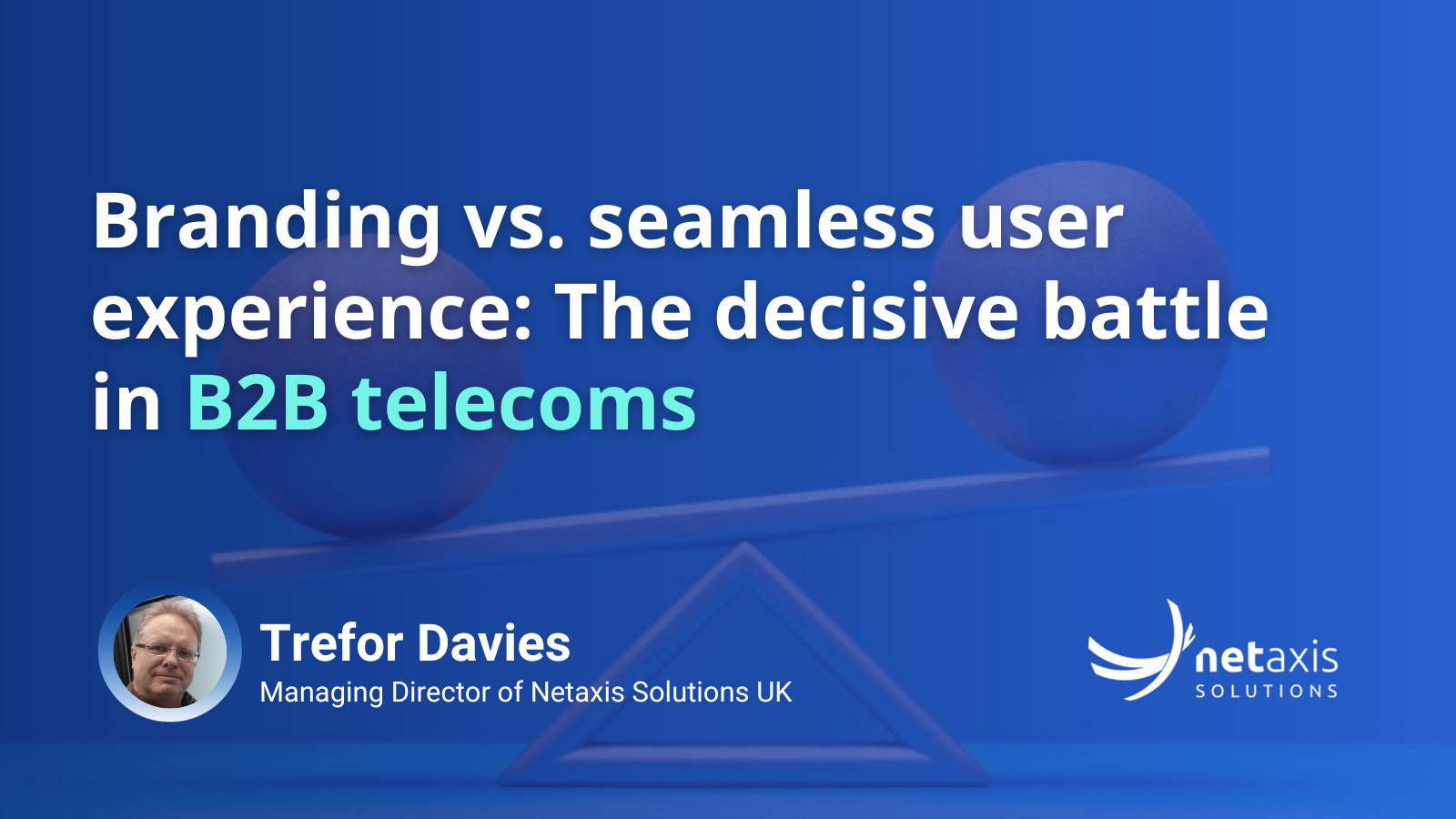In the UK, most televised sports are on paid-for platforms such as Sky and Discovery Plus, with a soupcon of Amazon Prime thrown in for good measure. These platforms, as well as charging you for content, are heavily advertising-based. We understand that this is how it works and subject ourselves to expensive, relentless, repetitive ads for fast food delivery services, new cars, car insurance, holidays in the sun, etc., etc., etc., ad nauseam.
Cars are particularly difficult to push as they all pretty much look the same these days, and manufacturers rely on the brand image – they sell aspiration. I bought a Land Rover Defender because it can wade through rivers, climb mountains, and drive across glaciers and deserts. The fact that I am somewhat unlikely to use my car for any of these purposes is neither here nor there.
Other makes, with perhaps fewer differentiators than the Land Rover, rely on trying to look cool in the city or on windy roads above beautiful coastlines when you could just swap the badge on the front grille, and that advert would still apply.
Some ads are quite funky, but there is only so much you can take, and my default action is to hit the mute button. The ads must work to some extent because I have two food delivery company apps on my phone. However, I only used one because it seemed far easier to set up and get started.
So the company I don’t use, which spends a lot of money on glitzy, high-profile celebrity-filled adverts, would appear to have shot itself in the foot because, in my mind, the provisioning of its services has lower production value than its advertising.
What does this have to do with telecoms, I hear you loudly say? Well, telcos have struggled for some time with the problem of differentiating themselves from their competitors and providing features that nobody else does. This is not easy because most of them use the same basic platforms - Cisco Broadworks and Webex, Microsoft Teams, and Zoom. Even the bolt-on features, such as voicemail and call centers, are pretty standard across markets.
Because of this, many B2B telcos have resorted to pushing their customer service ethos, but this is a) expensive as it involves people and b) quite often depends on manual processes to support these people.
The B2B telecoms market is also one that has been subject to much consolidation over decades. This is an ongoing situation as brands disappear and new kids on the block arrive to fill the void. Changes in technology are also drivers for this. Businesses are acquired because their rollout of technology and services is further ahead than that of the acquirer. The focus is on the tech, not the brand.
The upshot is a B2B marketplace where branding can be confusing and likely plays a secondary role in the functionality of the services being pushed. Even when branding is adequately resourced, most telcos still try to push the same image. Friendly service, fastest Wi-Fi in a world where everyone is friendly, and Wi-Fi is by and large the same everywhere – you can drop in any tech you like instead of Wi-Fi – I just picked that one randomly.
What’s to be done? The fast food delivery service is one example where one was better implemented than the other. Translated to the telecommunications world, this means making it easier for customers. Make it easy for them to sign up with you, and make them happy with the services you provide. Instant gratification. When they call with a problem, show them your fast responsiveness. Make fixes quick.
This is easier said than done, but at the core of it, this is what Netaxis does for its customers. How do we do this? Simple:
Ø Automate the provisioning process
Ø Connect voice with UC so that setup is seamless, quick, and easy
Ø Make the process of porting numbers into your network automatic and easy
Ø Provide visibility into your network so that when something goes wrong, it is easy to see and fix
Conclusion
The point is we underpin the interface that makes a customer want to buy from you rather than your competitor, no matter how much you spend on celebrities to advertise your brand. In this way, your marketing money will be more efficiently spent, and at the same time, you lower your operational costs and extend the amount of time your customers want to spend money with you.
Ready to elevate your telecoms services?
Get in touch to see how Netaxis can enhance your UC proposition.





